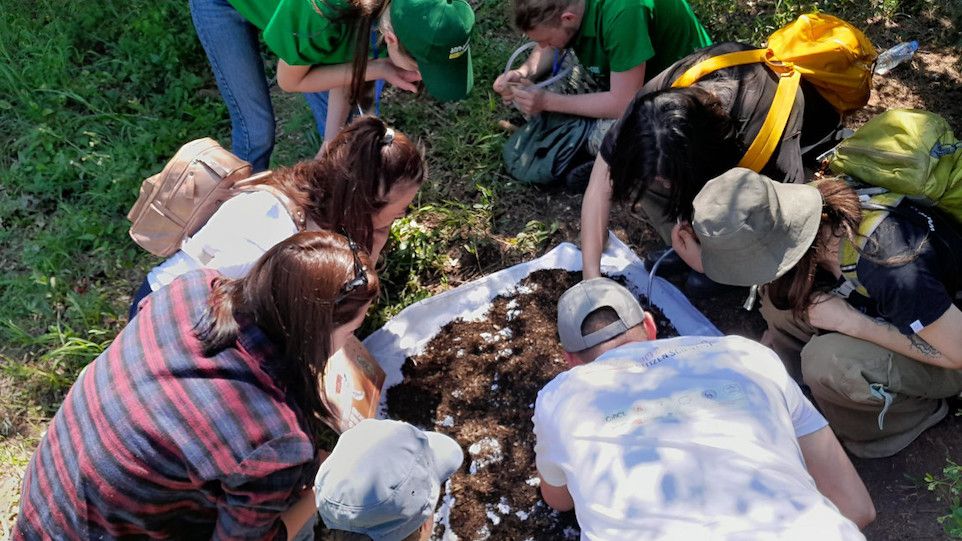
Biodiversity in the Caucasus

Researchers and Citizen Scientists worked together to record biodiversity in the Caucasus. The Project led by the LIB yielded a large number of first records of animal species.
06/23/2022 · News · Leibniz-Institut zur Analyse des Biodiversitätswandels · Lebenswissenschaften · Forschungsergebnis
The Caucasus Barcode of Life (CaBOL) Project, led by the LIB, conducted “Bioblitzes” in the Caucasus that yielded a large number of first records of animal species. From the border of Iran in the south to the border of Russia in the north, the aim was to record as many of the yet unknown species as possible in one of the world’s most undiscovered biodiversity hotspots. At two Citizen Science “bioblitzes” in the botanical gardens of Yerevan and Tbilisi, more than 100 nature enthusiasts supported the researchers.
During a “Bioblitz”, nature enthusiasts try to discover as many species of plants, fungi and animals as possible in a given area and time period. In this case, the Citizen Science events took place in the Botanical Gardens of Yerevan (Armenia) and Tbilisi (Georgia) as a mixture of competition, festival, educational event and scientific investigation. For this purpose, CaBOL brought together a group of international researchers as well as interested citizens to jointly survey biodiversity in a special habitat in Georgia and Armenia. The event aimed primarily at children and young people, who thus became scientists for a day. The hope was to awaken the interest of young people in biodiversity and taxonomy. With well over 100 participants at each event, both were a great success.
“The task is a big one because, after all, the aim is to document the value of biodiversity for society in a biodiversity hotspot in an extremely short period of time. We thus contribute to the protection of valuable and threatened biodiversity in one of the regions most worthy of protection in the world,” says Dr. Nils Hein, coordinator of the CaBOL Project at the Leibniz Institute for the Analysis of Biodiversity Change (LIB), Museum Koenig Bonn, explaining the challenge. The samples collected will serve as a comprehensive genetic record of the numerous animal and plant species of the Caucasus, thereby protecting large and unique natural areas. The DNA barcodes are cataloged and stored in a publicly accessible reference database.
Dr. Martin Husemann, insect specialist at LIB, Museum of Nature Hamburg, adds: “We are creating an infrastructure for biodiversity research and education in Georgia. But at home we are also committed to bringing nature closer to the people. For example, on Saturday, June 18, 2022, LIB, Museum of Nature Hamburg organized a “Bioblitz” during the Long Day of Urban Nature in Hamburg. By looking at how many species we find together in a defined time, we see how diverse the biodiversity around us is – even in urban environments. Nothing seems more appropriate than inviting many and especially young people to join our investigations and recognize the huge diversity of species that surround us in everyday’s life.”
In context with old and new collection data from around the world, such newly generated data offer the possibility to forecast the development of biodiversity in time and space. Which species will be threatened by extinction and the climate crisis? Experts could thus also find out which species might be profiteers of global and regional environmental changes.
Further information and contact
Press release - Leibniz Institute for the Analysis of Biodiversity Change (LIB)